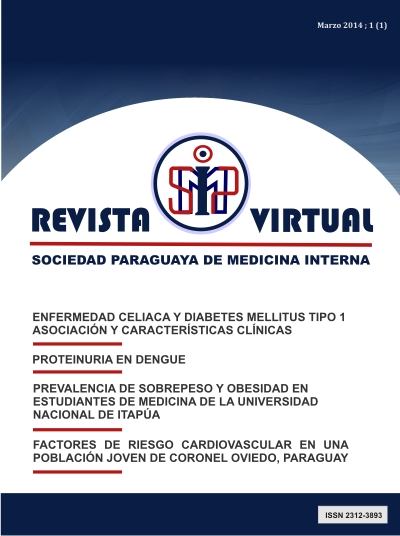Monitoreo hemodinámico utilizando variabilidad del volumen sistólico como parámetro para guiar el manejo de líquidos en pacientes sépticos
Resumen
Se presenta una serie de casos donde se compara la variabilidad del volumen sistólico con las variables estáticas habituales en la reanimación con fluidos de pacientes sépticos.
Citas
Cannesson M, Musard H, Desebbe O, Boucau C, Simon R, Hénaine R, Lehot JJ. The ability of stroke volume variations obtained with Vigileo/FloTrac system to monitor fluid responsiveness in mechanically ventilated patients. Anesth Analg. 2009 Feb; 108(2): 513-7.
Benes J, Chytra I, Altmann P, Hluchy M, Kasal E, Svitak R, Pradl R, Stepan M. Intraoperative fluid optimization using stroke volume variation in high risk surgical patients: results of prospective randomized study. Crit Care. 2010; 14(3): R118.
Michard F. Changes in arterial pressure during mechanical ventilation. Anesthesiology 2005 Aug; 103(2): 419-428.
Durairaj L, Schmidt GA. Fluid therapy in resuscitated sepsis: less is more. Chest. 2008 Jan; 133(1): 252-63.
Rivers E, Nguyen B, Havstad S, Ressler J, Muzzin A, Knoblich B et al. Early goal-directed therapy in the treatment of severe sepsis and septic shock. N Engl J Med. 2001 Nov 8; 345(19): 1368-77.
Monnet X, Guérin L, Jozwiak M, Bataille A, Julien F, Richard C, Teboul JL. Pleth variability index is a weak predictor of fluid responsiveness in patients receiving norepinephrine. Br J Anaesth. 2013 Feb; 110(2): 207-13.
Monnet X, Anguel N, Jozwiak M, Richard C, Teboul JL. Third-generation FloTrac/Vigileo does not reliably track changes in cardiac output induced by norepinephrine in critically ill patients. Br J Anaesth. 2012 Apr; 108(4): 615-22.

















